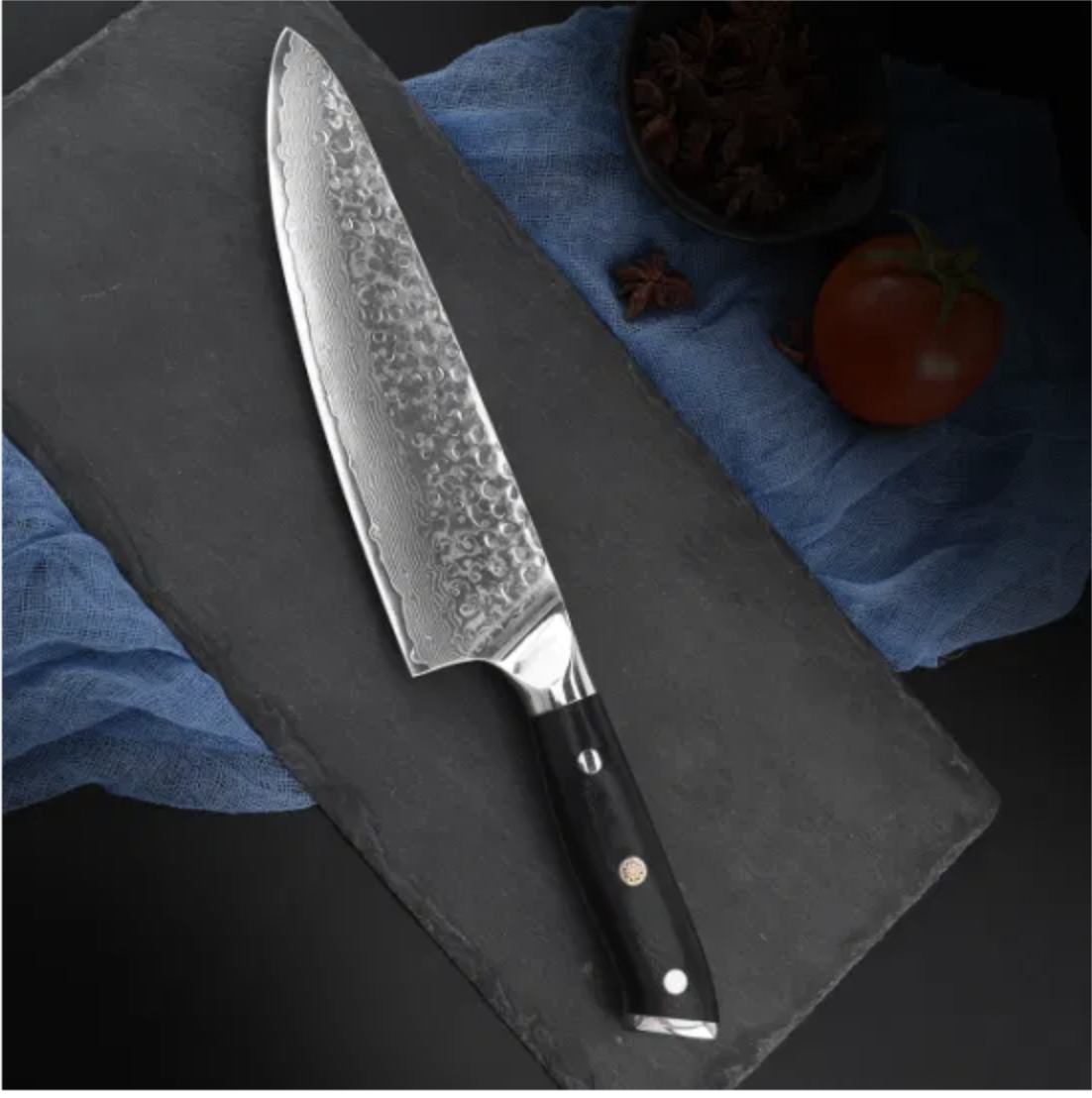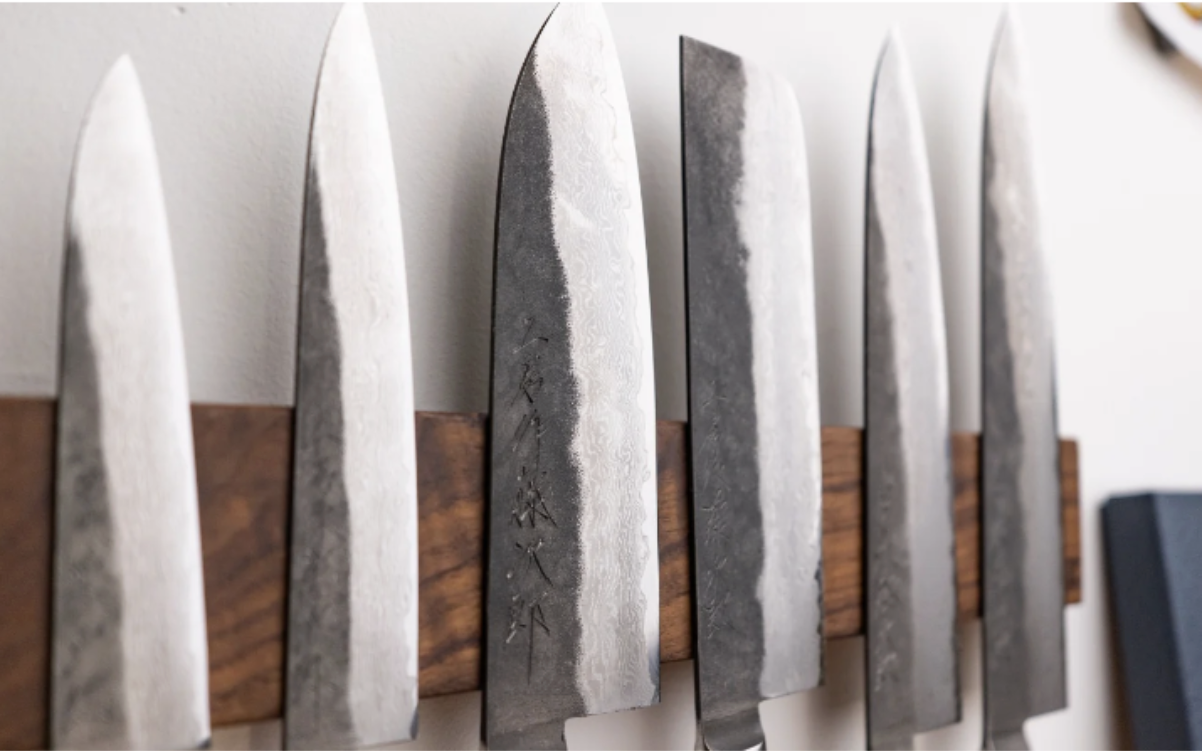What is the Best Type of Stainless Steel for Kitchen Knives?

Choosing an appropriate type of stainless steel for kitchen knives is a crucial choice that determines its properties and functionality. As a wide variety of options can be found today from traditional German steel to the recent Japanese creativity, choosing the best stainless steel requires noting the characteristics of the steel like edge retention, sharpness, ease of honing, and corrosion resistance. It also provides insights into the particularities of several types of stainless steel commonly used for producing Kitchen Knives, in a quest to serve both apprentice and professional chefs by offering guidance based on the different concerns and goals towards their culinary blades.

Best Type of Stainless Steel for Kitchen Knives
X50CrMoV15
This is a common stainless steel for making kitchen knives, especially the ones that originate from Germany.
- X: Suggests that the particular type of steel has a high amount of carbon within it.
- 50: Indicates 0. 50% carbon content.
- Cr: Chromium which is essential in offering the material a high level of corrosion resistance.
- Mo: Molybdenum for increasing its hardness, and corrosion resistance.
- V: Vanadium that increases the ability of edge retention and the rust resistance of the blade.
- 15: Holder suggests 15% chromium content.
These properties made X50CrMoV15 suitable for the application in the manufacturing of kitchen knives. This is because it contains a high percentage of carbon that gives it the ability to retain its edge and sharpness, chromium and molybdenum that strengthen its anti-corrosive nature and anti-staining properties respectively. Moving on, the presence of vanadium enhances the mechanical properties of the steel resulting in a material that is tough and can handle wear and tear common in a kitchen environment. All in all, X50CrMoV15 is a reliable solution for those people who want to have multisided and heat-treated stainless steel for manufacturing kitchen knives.

-VG-10
VG-10 stainless steel – a material that has a mysterious reputation around the frame of kitchen knives. Here's a breakdown of its notable characteristics:
- VG: “V” means Vanadium, while “G” signifies Gold in the Val/Gov labels showing its quality.
- 10: Notates the compositional percentage, thus signifying as libel as 1C, which symbolizes carbon composition at one percent and approximately fifteen percent chromium composition.
It has a high level of Edge Retention as VG-10 Steel and this is the ability of the blade to maintain its sharp form and layout for quite a long time. This property is especially useful for setting up kitchen knives in which a consistent edge sharpness is highly desirable. In addition, different from other many high-end steels, VG-10 is very easy to sharpen making its maintenance less of a worry for the user.
This steel has found wide application in Japanese manufacturers of high-strength scurrying sakuto knives since it has all the necessary characteristics of stainless steel, good sharpness, hardness, corrosion protection, and simple to care. There are different types of VG-10 knives that are popular for many people including chefs as well as end users because of the quality as well as the hardness that accompanies the knives.
AUS-8
AUS-8 is a Japanese stainless steel alloy, like most other Japanese stainless steel alloys, this type of steel provides a good balance of price and performance and is therefore best suited for mid-range kitchen knives. Here are its characteristics:
AUS: This had a significant indication of the manufacturer Aichi Steel Corporation from Japan.
8: Stands for the series or grade of steel, as in steel grade S 355IO for S 355IO.
AUS-8 steel is known for its:
Edge Retention: Compared to other higher-end steels, it’s not as durable with regards to edge retention, however, the quality doesn’t suffer significantly. This means that it can remain dull on the edge for moderate cutting before it needs to be put through the sharpener again.
Ease of Sharpening: Another classic feature that is worth mentioning is the fact that AUS-8 steel is relatively easy to sharpen. It is receptive to honing and therefore is ideal for individuals who would like to keep sharpening their knives without eliciting much effort or practice.
Corrosion Resistance: To be more precise, while it only contains 14 percent chromium, it has enough to offer reasonable protection against corrosion and staining. There are, however, specific concerns that still must be addressed to reduce rust, to increase the life of the knife.
S30V
S30V is a stable of premium stainless steel that has received much acclamation and is most commonly known for its use in high-end chef knives. S30V steel, while not as common in kitchen knives in comparison with such steel as 440C or 154CM, is more popular among chefs and knife enthusiasts and those who care for the quality of steel rather than its prevalence in kitchen knives. These chef knives from S30V steel are more expensive than regular knives but they give the best cuttings and longevity to a chef knife and hence are very useful and recommended for professional use and well-established home cooking.
M390
M390 is well-loved for its performance traits and it is widely recommended for chef’s knives that can survive the professional kitchen. This is known to hold an edge longer than most knives as well as to undergo severe kitchen wear through the harshest of tasks. There is more to benefit from M390 steel knives that chefs and culinary professionals can still depend on because the knives do not easily get blunt thus the need to sharpen them is less. Being the descendant of the famous 440 series, M390 steel also has a high chromium content along with other elements such as vanadium and tungsten that makes it highly resistant to corrosion and staining. Thereby, it can be used appropriately on kitchen knives that are often in contact with moisture or acidic food items. Furthermore, M390 steel boasts high toughness levels, and this indicates it can remain fairly abrasive under pressure and friction, and retain its sharpness and edges without the need for sharpening. This is the true advantage of using M390 steel in knives as you are being assured of an incredibly sharp blade that will not need frequent sharpening as it could cause or lead to blade deterioration.
Conclusion
To sum up, it is crucial to make some decisions while choosing the best stainless steel for the kitchen knives; they are the type of use, the amount of money the user is willing to spend, and the most preferred type of steel. Taking into account that different knives are made of different materials, though they all have similar characteristics such as hardness, edge retention rate, sharpness, corrosion resistance, etc., we get the following popular materials: X50CrMoV15, VG-10, AUS-8, S30V, M390. All the same, the final decision to adopt a particular form of assessment remains personalized based on the assessment of individual requirements and priorities. Employing high-quality stainless steel gives stability and durability in the properties of kitchen knives and therefore identifying various characteristics of different types of stainless steel can be vital when making the right choice of knives.